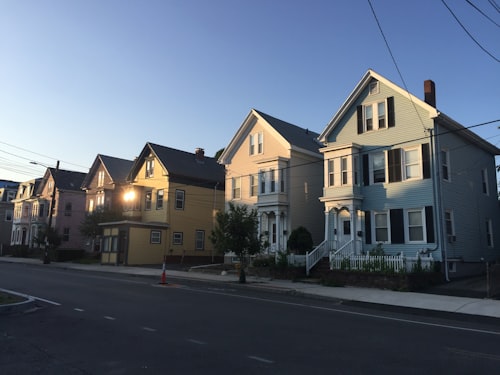Repetition can engender attachment and affection but it can also hollow out an idea that was once meaningful.
In her book, The Warmth of Other Suns, Wilkerson offers a beautiful statement about the African American experience of the mid-20thCentury, how it re-shaped the country and continues to influence us today. She chronicles the lives of three individuals, from the harsh details of the lives they decided to leave in the South to their final reflections on the lives they were able to make for themselves in the North.
Wilkerson selected three stories, those of Ida Mae Gladney, George Swanson Starling and Robert Joseph Pershing Foster, to represent the more than six million African Americans who migrated from the South between 1920 and 1970. Six million people! She expertly demonstrates how this migration changed the South as much as it did the Northern cities where whole communities of southern blacks relocated.
The author's beautiful language helps the reader see the dissonance these Americans experienced and to understand it didn't end with their arrival in the North:
Many people who left the South never exactly sat their children down to tell them these things. Tell them what happened and why they left and how they and all this blood kin came to be in this northern city or western suburb or why they speak like melted butter and their children speak like footsteps on pavement, prim and proper or clipped and fast, like the New World itself.
The phrase "white flight" has become so familiar that it hardly conveys anything thought-provoking, but Wilkerson makes it a proper horror story. A story Ida Mae's family likes to re-tell about the vanishing house will shock you. I was so angry I had to stop reading. It took 30 years but Ida Mae's family had finally saved enough to buy a three-story brownstone in a nice neighborhood where her children could comfortably raise their families. They were proud. It looked like the American Dream, the dream she and her husband had for themselves and their children when they left sharecropping, had finally arrived. The day after they moved in, however, a house across the street disappeared. THE WHOLE HOUSE! As the white families left, the whole character of the neighborhood changed while a lifelong accomplishment for an entire family was eroded away.
Wilkerson's novel itself is as inspiring as the stories she tells about Ida Mae Gladney, George Swanson Starling, and Robert Joseph Pershing Foster. She brings this "other" version of the American Experience out of the shadows to be seen:
By their actions, they did not dream the American Dream, they willed it into being by a definition of their own choosing. They did not ask to be accepted but declared themselves the Americans that perhaps few others recognized but that they had always been deep within their hearts.
This quote doesn't just tell you about the book. It reveals the perseverance present in the three stories and the ambition of the author to make real those long fights of everyday life. The stories become so real that you will wonder if you could have done it.
The stories become so real that you start to see the people engaged in this struggle today. The American Dream is a good story, but it overwrites real stories. Wilkerson’s book helps us see these stories, and refuse to forget them too.

